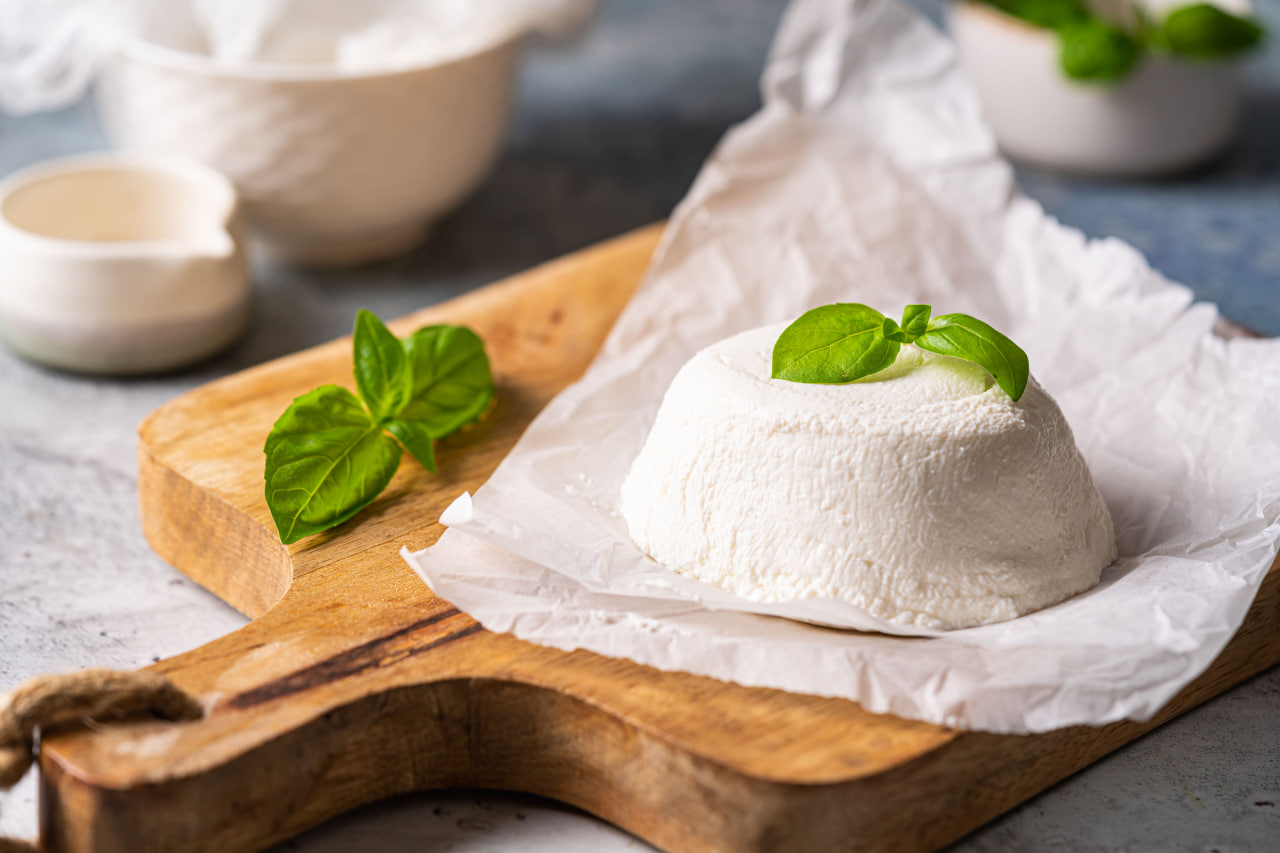Aging, or affinage, is the process that gives cheese its depth of flavor, aroma, and texture. While commercial cheesemakers have climate-controlled aging rooms, you can achieve excellent results at home with the right techniques.
1. Temperature and Humidity Control
The key to successful aging is maintaining the right temperature and humidity levels. Most cheeses mature best between 10-13°C (50-55°F) with a humidity level of 75-95%. If you don’t have a dedicated cheese cave, a wine fridge or a modified refrigerator with a bowl of water for humidity can work well.
2. Proper Airflow and Storage
Cheese needs proper airflow to prevent excess moisture buildup and mold growth. Soft-ripened cheeses like Brie require breathable environments, while hard cheeses like Cheddar benefit from waxing or vacuum-sealing to prevent drying out. Placing cheeses on wooden boards or aging mats can also help regulate moisture.
3. Turning and Monitoring
During the aging process, cheeses must be turned regularly to ensure even moisture distribution. Washed-rind cheeses need to be brushed or wiped with brine to encourage the development of their characteristic flavors and textures. Keep a close eye on mold growth—some molds contribute to flavor, while others may need to be removed.
4. Understanding Aging Times
Different cheeses require varying aging periods to reach their peak flavor:
- Fresh cheeses (Mozzarella, Ricotta) – No aging required
- Semi-soft cheeses (Gouda, Havarti) – 1-3 months
- Hard cheeses (Cheddar, Parmesan) – 6-24 months
- Blue cheeses (Roquefort, Stilton) – 2-6 months
By managing your aging environment and understanding how time impacts flavor, you can refine your cheesemaking skills and produce high-quality, artisanal cheeses right in your own kitchen.

